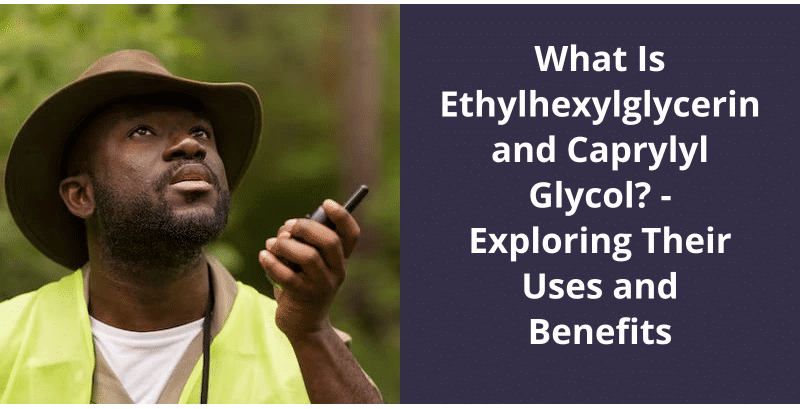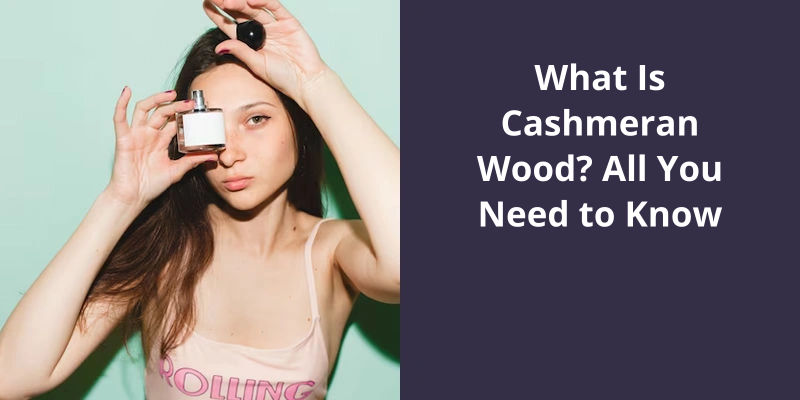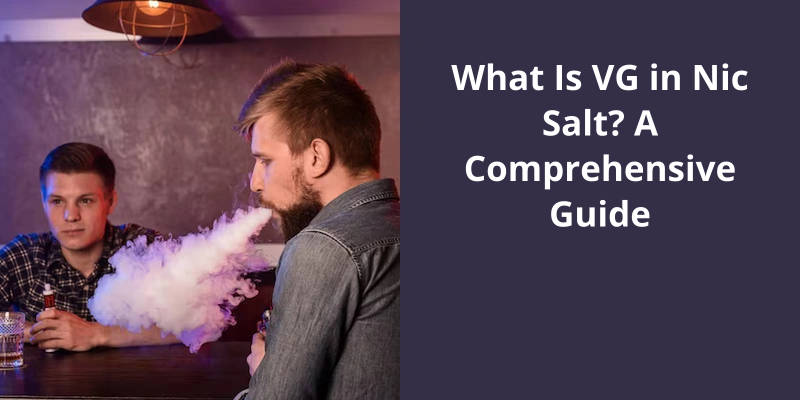Ethylhexylglycerin and Caprylyl Glycol are substances commonly used in skincare products. Ethylhexylglycerin is a natural compound derived from grains and plants and acts as a skincare enhancer. It operates by improving the texture and function of products, making them smoother. Furthermore, it’s also a natural preservative that reduces the growth of bacteria and extends the shelf life of products. On the other hand, Caprylyl Glycol is an alcohol derived from caprylic acid. It is a humectant, meaning it helps retain moisture in the skin. It also has antimicrobial properties, which helps products stay fresh without the use of traditional preservatives. Hence, these two ingredients are a popular choice in cosmetic and skincare formulations for their multiple benefits.

Is Caprylyl Glycol Antimicrobial?
Caprylyl glycol is a popular cosmetic ingredient that comes from a blend of caprylic acid and glycerin. It’s commonly used as an emollient, solvent, and preservative in various personal care products, including moisturizers, lotions, shampoos, and cleansing products. Caprylyl glycol is widely believed to be antimicrobial, and recent research studies have confirmed this claim.
It’s been shown to be effective against a wide range of bacterial and fungal strains commonly found in cosmetic formulations. This makes it an ideal ingredient for formulations that need to be preserved effectively without using harsh chemicals.
Several studies have confirmed that caprylyl glycol is effective at treating fungal infections common in the skin. The mixture was found to be effective at treating and curing the infection with no adverse effects.
Is Caprylyl Glycol Safe for Use in Cosmetics?
Caprylyl Glycol is a safe ingredient for cosmetic use. It’s widely used as a humectant, emollient, and preservative in personal care products. Studies have shown that it’s low toxicity and doesn’t cause any adverse effects when used in the recommended concentrations.
As consumers, we all know that the ingredients in our cosmetics are important to consider. One such ingredient is ethylhexylglycerin, which has been gaining popularity in the beauty industry. While it serves as a weak preservative, it also comes with skin conditioning benefits. Let’s dive deeper into what ethylhexylglycerin is and how it’s used in cosmetics.
Is Ethylhexylglycerin a Preservative in Cosmetics?
It’s typically used in cosmetic formulations in conjunction with other preservatives to enhance their efficacy. Ethylhexylglycerin is a relatively new addition to the world of cosmetic preservatives, and as such, there’s limited information available on it’s safety and potential health risks. In general, however, it’s considered to be a safe ingredient when used in appropriate concentrations.
One of the primary benefits of ethylhexylglycerin is that it’s been shown to enhance the antimicrobial activity of other preservatives, making them more effective in preventing the growth of bacteria, fungi, and other harmful microorganisms. This can give cosmetic formulations a longer shelf life and help prevent contamination that could lead to skin irritation or infection. Ethylhexylglycerin also has some skin conditioning properties, and can help to moisturize and soften the skin without leaving a greasy residue.
There’s limited data available on it’s health impacts, and some research suggests that it may pose a risk of skin irritation or allergic reaction in certain cases.
Those who’re concerned about it’s safety may wish to consult with a trusted cosmetic dermatologist or other expert in the field to learn more about the potential benefits and drawbacks of this ingredient.
Other Common Preservatives Used in Cosmetics and Their Safety Profiles.
- Parabens – considered safe in low concentrations, but some controversy surrounds their potential link to breast cancer.
- Phenoxyethanol – generally considered safe in concentrations up to 1%, but may cause allergic reactions in some individuals.
- Benzyl Alcohol – generally considered safe at concentrations up to 5%, but can cause irritation and allergic reactions in some individuals.
- Formaldehyde – a known human carcinogen and skin irritant that’s been largely phased out of cosmetics, but may still be present in trace amounts.
- Quaternium-15 – a preservative that releases formaldehyde and is banned in some countries due to safety concerns.
- Methylisothiazolinone – a potent irritant that’s been linked to allergic reactions and dermatitis.
Source: EWG Skin Deep® What’s ETHYLHEXYLGLYCERIN
Despite it’s benefits as an antimicrobial and emollient solvent in cosmetics, ethylhexylglycerin has been found to cause allergic reactions in some individuals. While the number of reported cases remains relatively low, it’s important to be aware of the potential risks associated with this ingredient and take necessary precautions to avoid any adverse reactions.
Can You Be Allergic to Ethylhexylglycerin?
Ethylhexylglycerin is a commonly used ingredient in many cosmetic products like shampoos, moisturizers, and soaps. It’s a clear, colorless, and odorless liquid that’s known for it’s ability to improve the texture and feel of skin and hair. Despite it’s widespread use, there’s limited research on the potential allergenicity of ethylhexylglycerin.
Recent studies have suggested that ethylhexylglycerin can cause contact dermatitis in some individuals. Contact dermatitis is a type of skin irritation that occurs when the skin comes in contact with an allergen or irritant. Symptoms of contact dermatitis can vary, but commonly include redness, itching, and swelling. In severe cases, blisters may form.
There’s evidence to suggest that ethylhexylglycerin can be a contact allergen in some people. Contact allergy is a type of allergic reaction that occurs when the immune system overreacts to a substance that it perceives as harmful.
Only a handful of cases have been published to date, and all of these cases involved women.
If you suspect that you may be allergic to ethylhexylglycerin, it’s important to speak with a healthcare professional. A doctor or allergist can help you determine the cause of your symptoms, and develop an appropriate treatment plan. It’s also important to read product labels carefully and avoid products containing ethylhexylglycerin if you experience any symptoms of allergy or dermatitis.
How to Perform Patch Testing to Determine if You Have a Reaction to Ethylhexylglycerin.
- Clean the area on your skin where you plan to perform the patch test.
- Apply a small amount of ethylhexylglycerin to the area.
- Cover the area with a bandage or adhesive patch.
- Leave the bandage on for 24-48 hours.
- Remove the bandage and check for any signs of a reaction, such as redness, itchiness, or swelling.
- If you do experience a reaction, avoid using products containing ethylhexylglycerin in the future.
- If you don’t experience a reaction, it’s likely safe for you to use products containing ethylhexylglycerin.
Conclusion
As a broad-spectrum antimicrobial active, it effectively reduces bacteria, yeasts, mold, and fungi, offering a reliable solution to avoid bacterial growth and maintain product integrity. Apart from it’s antibacterial role, Ethylhexylglycerin and Caprylyl Glycol also function as an emollient and moisturizer, adding an extra layer of protection to the skin and keeping it hydrated throughout the day. Overall, this powerful blend is an excellent addition to any skincare or cosmetic formula, offering both moisturizing and antibacterial properties for a complete and effective solution.





